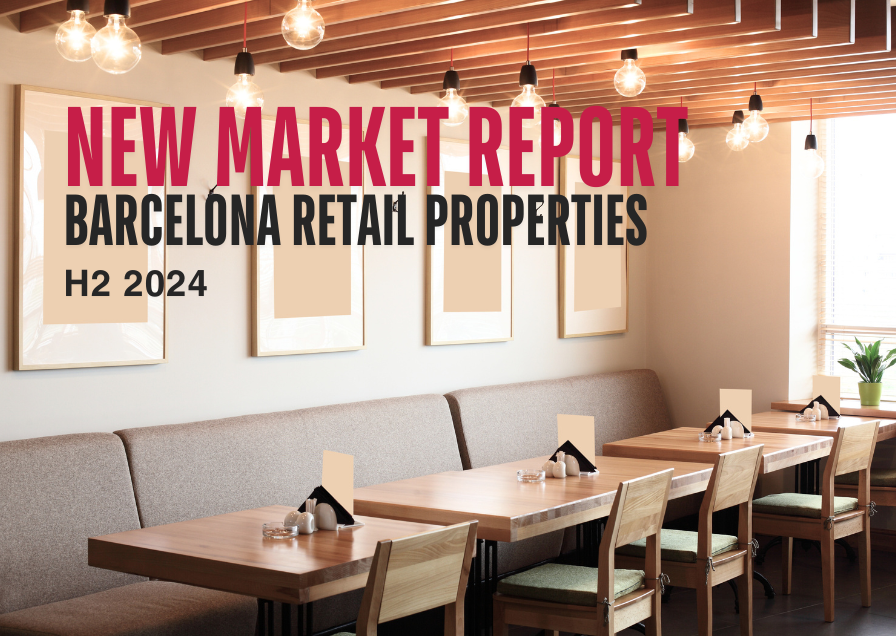How can we help you?

Los inversores han mostrado una demanda sostenida y acelerada por los locales comerciales de Barcelona durante el segundo semestre de 2024, según indica el último informe publicado por FORCADELL referido a los seis últimos meses del año que se acaba de cerrar.
En este sentido, el Informe expone cómo la aprobación de la nueva Ley de Vivienda en España ha impulsado la dinamización del sector de los locales comerciales, consolidándose como un activo de interés creciente. Desde el segundo semestre de 2024, se observa como patrimoniales, SOCIMIs, family offices e inversores privados, buscan y encuentran en estos activos una rentabilidad estable como alternativa a otros segmentos tradicionales del mercado inmobiliario.
Tal como explica Jordi Fandos, director del departamento de Locales comerciales de FORCADELL, “esta reorientación estratégica ha sido identificada por el mercado, permitiendo una mayor flexibilización en el ajuste de rentabilidades en función del perfil inversor y la naturaleza de la operación”.
Esto refleja, como añade Jordi Fandos, “una tendencia positiva en el mercado de locales comerciales, con una creciente confianza por parte de los inversores en estos activos como una fuente de rentabilidad segura”.
El informe de FORCADELL señala que Barcelona tiene más de 62.000 establecimientos activos, lo que supone 3,65 por cada 100 habitantes. De hecho, la ciudad tiene una densidad comercial de más de 1.100 locales comerciales por kilómetro cuadrado y, desde cualquier punto de la superficie urbana, la población tiene acceso a un eje comercial a menos de quince minutos caminando. La ciudad mantiene la tendencia de atomización alrededor de las zonas prime, ejes comerciales y calles principales de los barrios de Barcelona.
En la zona prime, Rambla Catalunya concentra una gran demanda de superficies más pequeñas y con rentas más bajas que Passeig de Gràcia, alcanzando una ocupación superior al 90 % de los locales. En cuanto a los ejes comerciales de primer orden, superan al menos el 80 % de ocupación comercial y cuentan con al menos un 30 % de establecimientos de oferta no cotidiana.
Barcelona cierra el año 2024 con aproximadamente 7.650 locales disponibles, de los que el 35,46 % están en venta y el 64,54 % en alquiler, lo que representa volúmenes muy similares a los de los
últimos años. Como indica el análisis de FORCADELL, estos datos muestran la solidez del tejido comercial de la ciudad, y una rotación de locales rápida que hace que, en muchas ocasiones, ni siquiera llegan a comercializarse.
En cuanto a sectores, es la ciudad nacional con más tiendas de ropa y complementos (4.195) y la segunda en número de establecimientos de restauración (5.698), solo por detrás de Madrid (6.797).
Newsletter